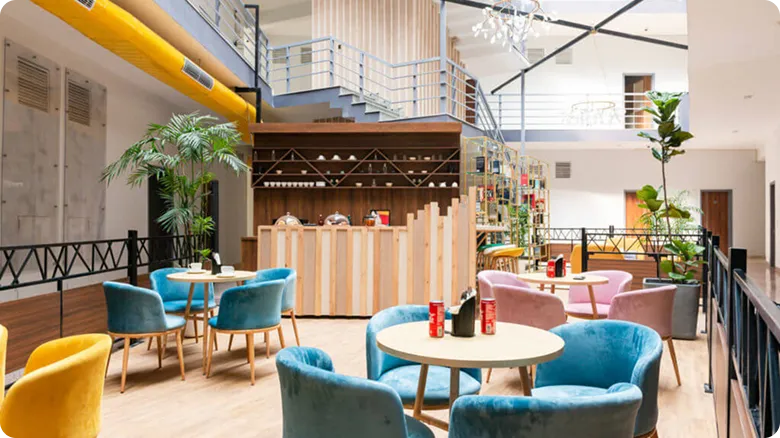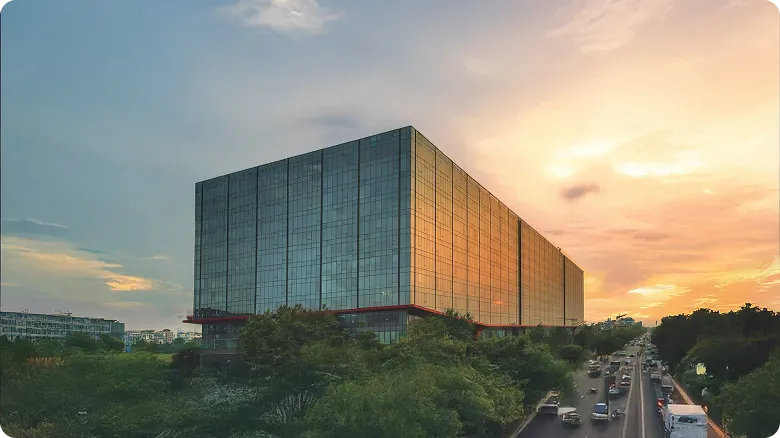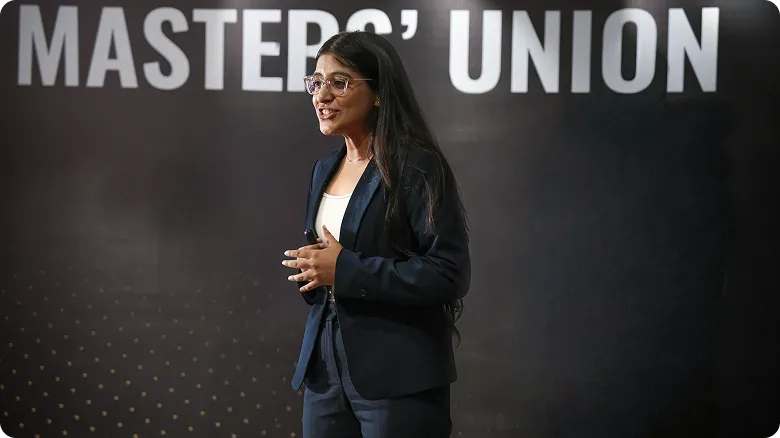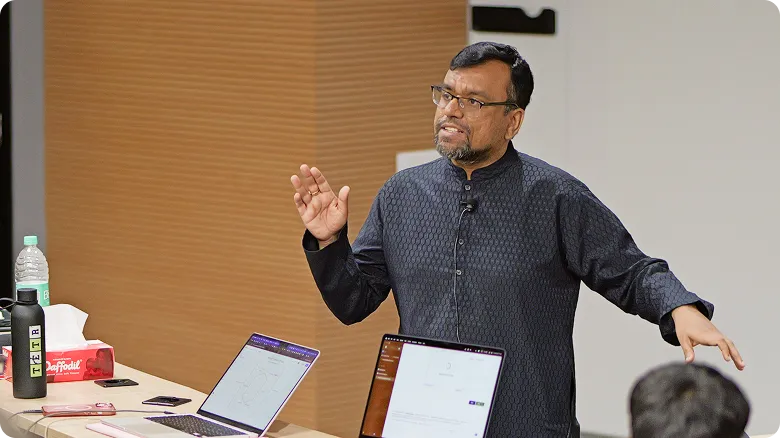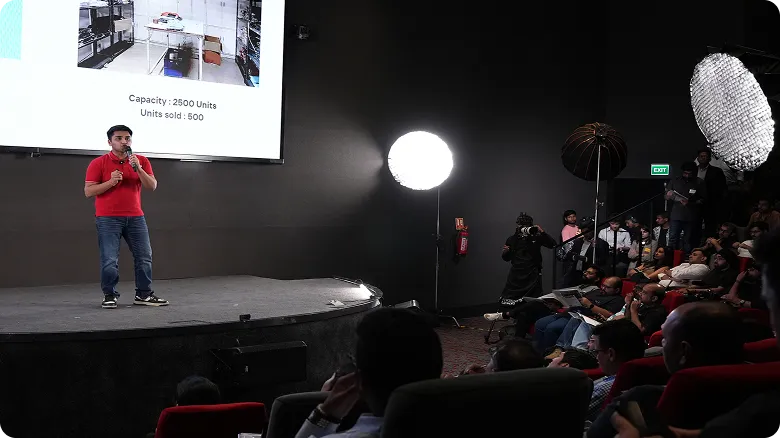Apply to the Shark Tank S5 Campus Special (Open to All Students)
Apply NowUndergraduate
Undergraduate (Global)
Postgraduate
Executive
Family Business
Careers
Innovations
Faculty
MU Ventures
Student Life
Jobs
Become a Master
events
For Companies
Blog
Outclass
Fast, Affordable, or Premium: What Sets Zara, Snitch, and Zudio Apart?
December 26, 2024
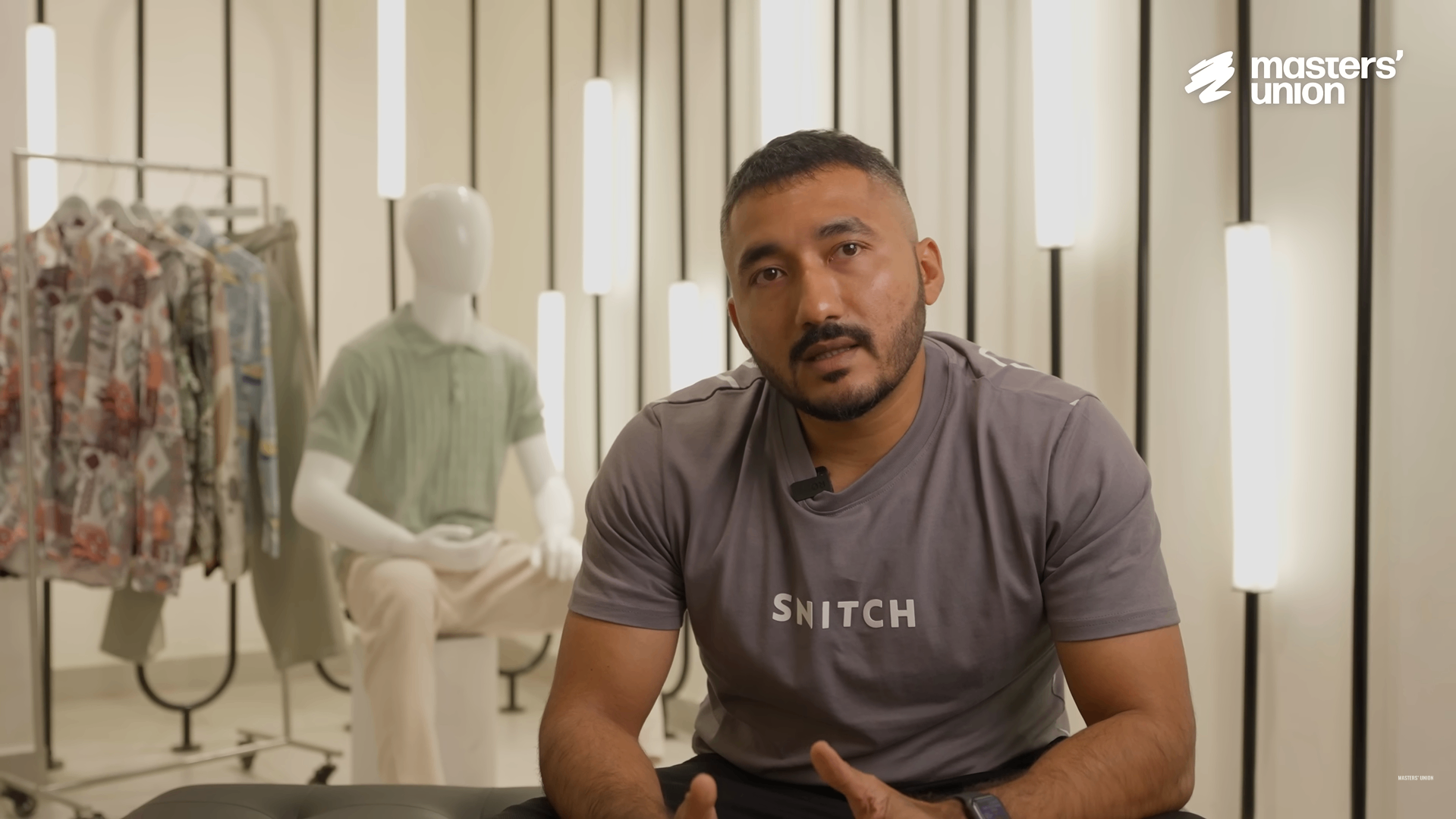
The Indian fashion market is a vibrant tapestry of brands vying for consumer attention. Amidst over 177,000 competitors, Zara, Snitch, and Zudio stand out by serving distinct segments of this rapidly growing industry. From pricing and production to consumer focus, each brand offers unique lessons in navigating this dynamic space.
Here’s a complete breakdown of the strategy followed by Zara, Snitch and Zudio to carve their niche in India’s highly saturated fashion market.
Want to watch the video instead?
As part of #offcampus, Masters’ Union students visited Snitch’s headquarter in Bangalore and learned how to build a fashion brand in India. Watch this podcast to uncover how Snitch built a successful business and carved its place in the world of contemporary fashion.
Affordability vs aspiration
For Zara, fashion is an aspirational experience. A classic check shirt from Zara is priced around $36, catering to high-income consumers seeking premium quality and exclusivity.
Zudio, on the other hand, aims at mass-market appeal, offering similar shirts for as low as $8. This affordability is made possible by Zudio’s high-volume production strategy, which lowers per-unit costs and ensures accessibility to a wider audience.
Snitch straddles the middle ground. By combining trendy designs with reasonable pricing, it targets India’s burgeoning youth population — consumers who want style without breaking the bank.
The speed game
In the age of fast fashion, speed is a defining factor. Snitch has mastered the art of rapid production, with a design-to-store timeline of less than 30 days. This agility allows the brand to respond instantly to trends and keep its collections fresh.
Zara, although slightly slower, is no stranger to speed, leveraging its global supply chain to roll out new designs frequently. Zudio, with its focus on affordability, prioritises high volumes over fast trend adaptation, creating timeless basics that never go out of style.
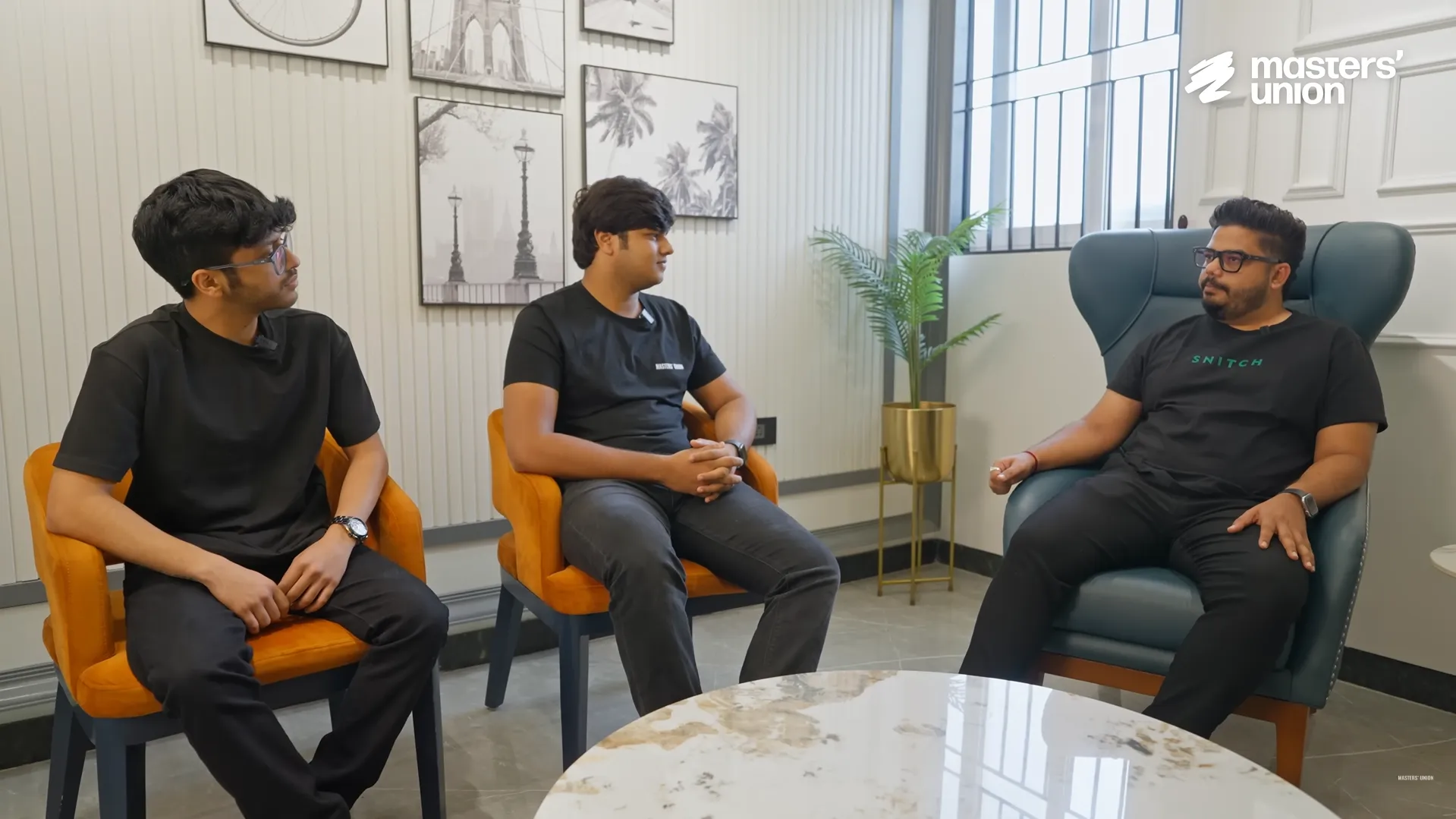
Local vs global production
Manufacturing decisions significantly impact cost, quality, and brand identity. Zara operates on a global scale, ensuring consistency in its premium offerings. Zudio keeps costs low by producing primarily in Bangladesh, taking advantage of the country’s cheaper labour and materials.
Snitch manufactures locally in India and holds a distinct edge in responsiveness. This approach supports the domestic economy and allows the brand to cater quickly to shifting consumer demands.
Navigating a crowded market
The Indian apparel market is a competitive battleground, with 400 new brands emerging each year. While this intensifies competition, it also signals immense potential.
Consumers, particularly in tier 2 and 3 cities, are increasingly seeking fresh styles, creating opportunities for innovative brands to thrive.
Despite the crowd, Snitch’s focus on rapid trends, Zara’s aspirational branding, and Zudio’s affordability demonstrate that success lies in differentiation. Each brand has carved its niche, proving that understanding and catering to specific consumer needs is key to survival in a saturated market.

The road ahead
India’s fashion industry is one of the fastest-growing globally, driven by rising disposable incomes and a youth population hungry for new styles. However, growth isn’t guaranteed. Brands need to balance innovation with operational efficiency, especially as consumer expectations evolve.
For Zara, the challenge is maintaining its premium appeal in a competitive luxury segment. Zudio must continue scaling while managing tight margins. Snitch, with its agility, has the opportunity to set new benchmarks in fast fashion.
As these three brands navigate the future, one thing is clear: India’s fashion story is far from over, and the most exciting chapters are yet to come.








